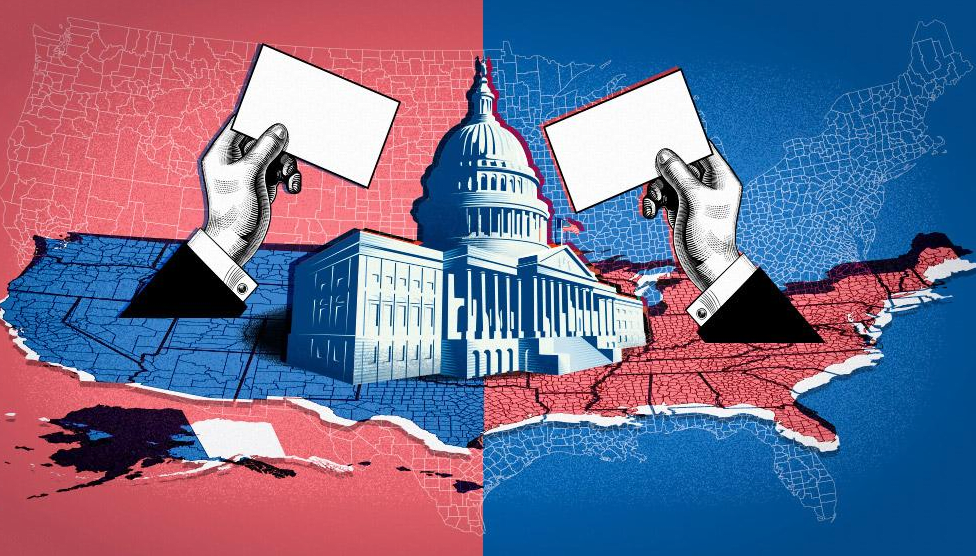
U.S. Presidential Election Curiosities
By Alfredo García Almeida, journalist, international analyst and contributor from Mérida, Yucatán.
It was in 1845 that Congress decided that presidential elections would be held on the first Tuesday after the first Monday in November. Previously, each state had the option of holding elections between October and December. In the 19th century, citizens were mostly farmers and had to travel to their respective polling places. A day trip on a Tuesday did not interfere with Sunday's religious activities or Wednesday's farmers' market. And November coincides with the end of the harvest, which meant more free time for voters.
If you fly from Phoenix, Arizona, to New York, you pass through many of the states that elitist people on the coasts call "fly-overs." That is, you don't stop, you just fly over. Oklahoma, Kansas, Missouri, Arkansas, Iowa, Indiana. They call it "Deep America. In presidential elections, these areas are Republican red. Candidates do not visit them because they have little to gain or lose.
Although the popular vote count on election night usually tells us who will be president, the winner is not officially declared until the electors gather in their respective states in mid-December to cast their ballots.
With a technical tie in the national polls, the battle between Trump and Harris centered on the seven key battleground states.
In the United States elections, the next president may not be the candidate most favored by citizens.
The 260 million voters called to the polls do not directly elect their candidate: they form an Electoral College, whose delegates cast the final vote.
In 2016, Trump won 46% of the popular vote, but was propelled to the White House by the Electoral College. The key is how those electors are allocated in most states: the winner of the popular vote takes them all.
There are two exceptions. In Nebraska, two go to the winner of the popular vote and one to the winner of the electoral vote in each of its three congressional districts; in Maine, two electors are chosen in each congressional district and the other two are chosen by popular vote in each district.
The Electoral College is made up of 538 delegates; the presidency is achieved with the support of 270 of them; in presidential elections, these areas are tinted Republican red; candidates do not visit them because they have little to gain or lose there.
That is why a tie in a state like Pennsylvania is so important: the party that wins there gets to add its 19 electors.
And Trump was ahead in 23 others. This distribution determines the vote of 445 of the 538 representatives of the Electoral College. But the key to the White House is held by the seven states whose outcome is unpredictable. Equal support for Democrats and Republicans in Michigan, Pennsylvania, Wisconsin, Nevada, Arizona, Georgia and North Carolina leave the vote for 93 delegates up in the air.
Recent electoral history shows the swings in these seven states. In 2020, all of their delegates supported Joe Biden. In previous elections, Donald Trump won six of the seven states, and Democrat Hillary Clinton won only Nevada. In previous decades, the balance was less shifting. Georgia, North Carolina or Arizona were Republican strongholds from 1970 to 2016. What will be the surprises today?

